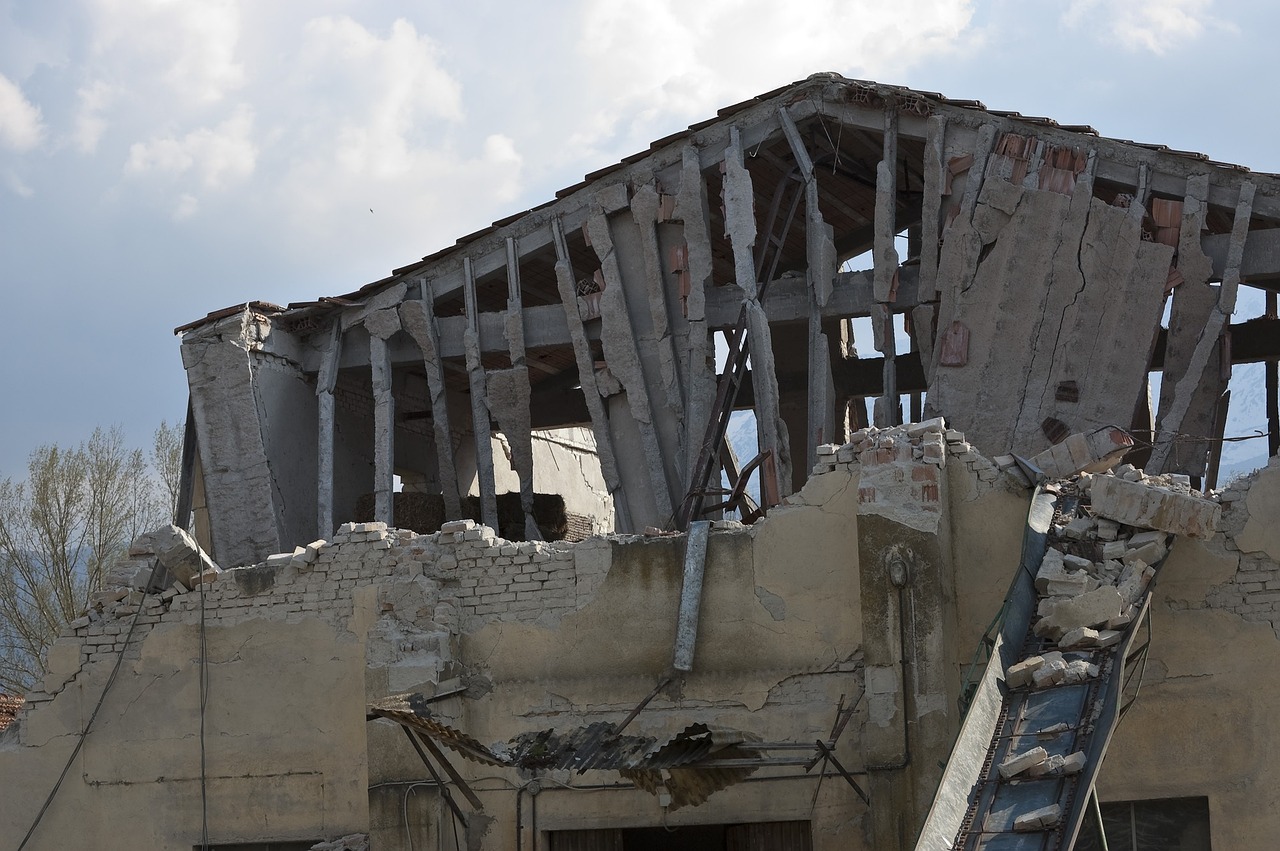Introduction:
Ensuring the safety of students and staff during earthquakes is a top priority for schools in earthquake-prone regions. However, preparing schools for seismic events presents unique challenges and requires careful planning and implementation of best practices. In this blog, we will explore the best practices for preparing schools for earthquakes and the challenges that educators and administrators face in this endeavour.
Best Practices for Earthquake Preparedness in Schools:
1. Conducting Risk Assessments: Schools should conduct thorough risk assessments to identify potential hazards and vulnerabilities. This includes evaluating the structural integrity of buildings, identifying evacuation routes, and assessing emergency supplies and communication systems.
2. Implementing Seismic Retrofitting: Retrofitting older school buildings to meet modern seismic standards is essential for ensuring their resilience to earthquakes. This may involve strengthening structural elements, securing fixtures and furniture, and installing automatic shutoff valves for utilities.
3. Developing Emergency Response Plans: Schools should develop comprehensive emergency response plans that outline procedures for various scenarios, including earthquake drills, evacuation protocols, and post-disaster communication and reunification plans.
4. Educating Students and Staff: Educating students and staff about earthquake safety is crucial for ensuring a swift and effective response during seismic events. This includes teaching students how to drop, cover, and hold on during earthquakes, as well as familiarizing staff with their roles and responsibilities in an emergency.
5. Stocking Emergency Supplies: Schools should maintain adequate supplies of food, water, first aid kits, and other essential items to sustain students and staff during and after earthquakes. Additionally, having emergency generators and backup communication systems can help ensure continuity of operations during power outages.
Challenges in School Earthquake Preparedness:
1. Funding Constraints: Limited funding can pose challenges for schools seeking to implement seismic retrofitting and other preparedness measures. Securing resources for infrastructure upgrades and emergency supplies may require creative financing solutions and advocacy at the local and state levels.
2. Older Infrastructure: Many schools in earthquake-prone regions have older buildings that may not meet current seismic standards. Retrofitting these buildings can be complex and costly, requiring careful planning and coordination with architects, engineers, and contractors.
3. Balancing Safety and Accessibility: Ensuring the safety of students and staff during earthquakes must be balanced with the need to maintain accessibility for students with disabilities. Retrofitting projects and emergency response plans should take into account the diverse needs of all individuals within the school community.
4. Community Engagement: Engaging parents, guardians, and community stakeholders in earthquake preparedness efforts can be challenging but is essential for building a culture of safety and resilience. Schools should seek to involve families in emergency planning and preparedness activities to ensure a coordinated response during seismic events.
Conclusion:
Preparing schools for earthquakes requires a proactive and multi-faceted approach that addresses structural vulnerabilities, develops emergency response plans, educates students and staff, and engages the broader school community. While challenges such as funding constraints and older infrastructure may pose obstacles, schools can overcome these challenges through strategic planning, collaboration, and a commitment to prioritizing the safety and well-being of students and staff. By implementing best practices and addressing challenges head-on, schools can enhance their resilience to earthquakes and create safer learning environments for all.



